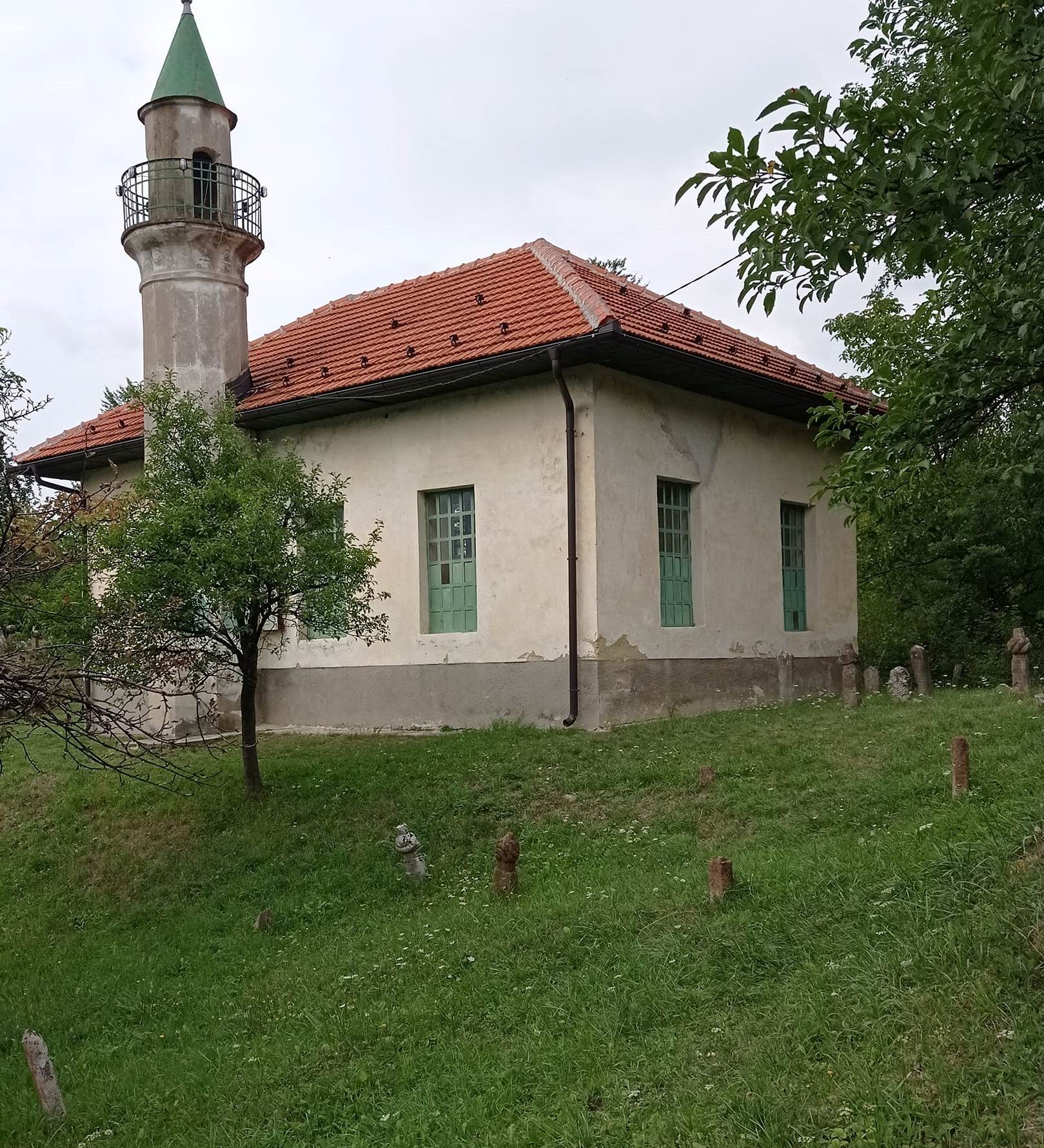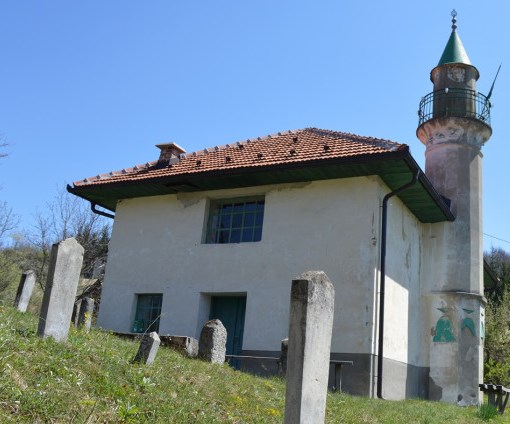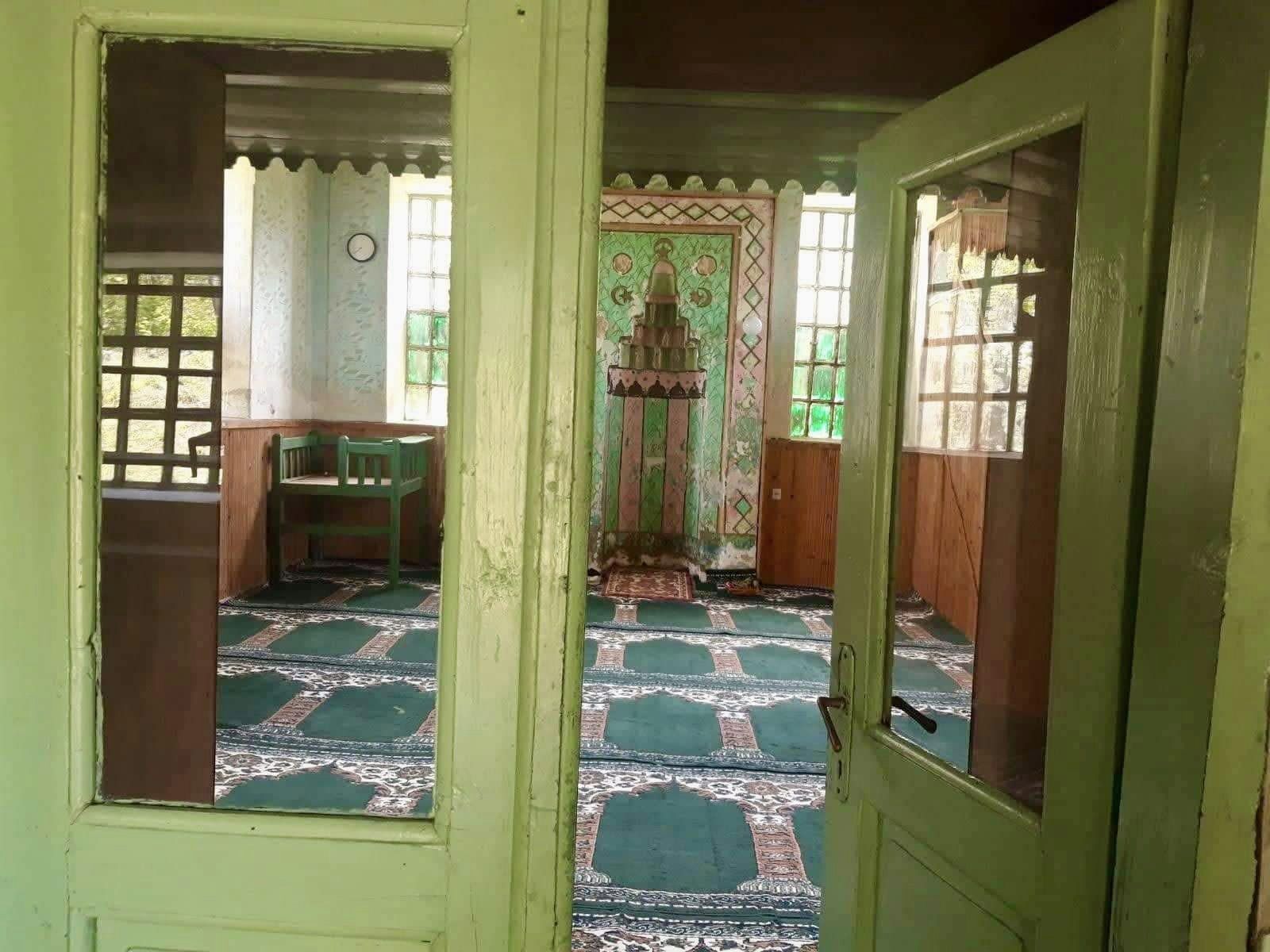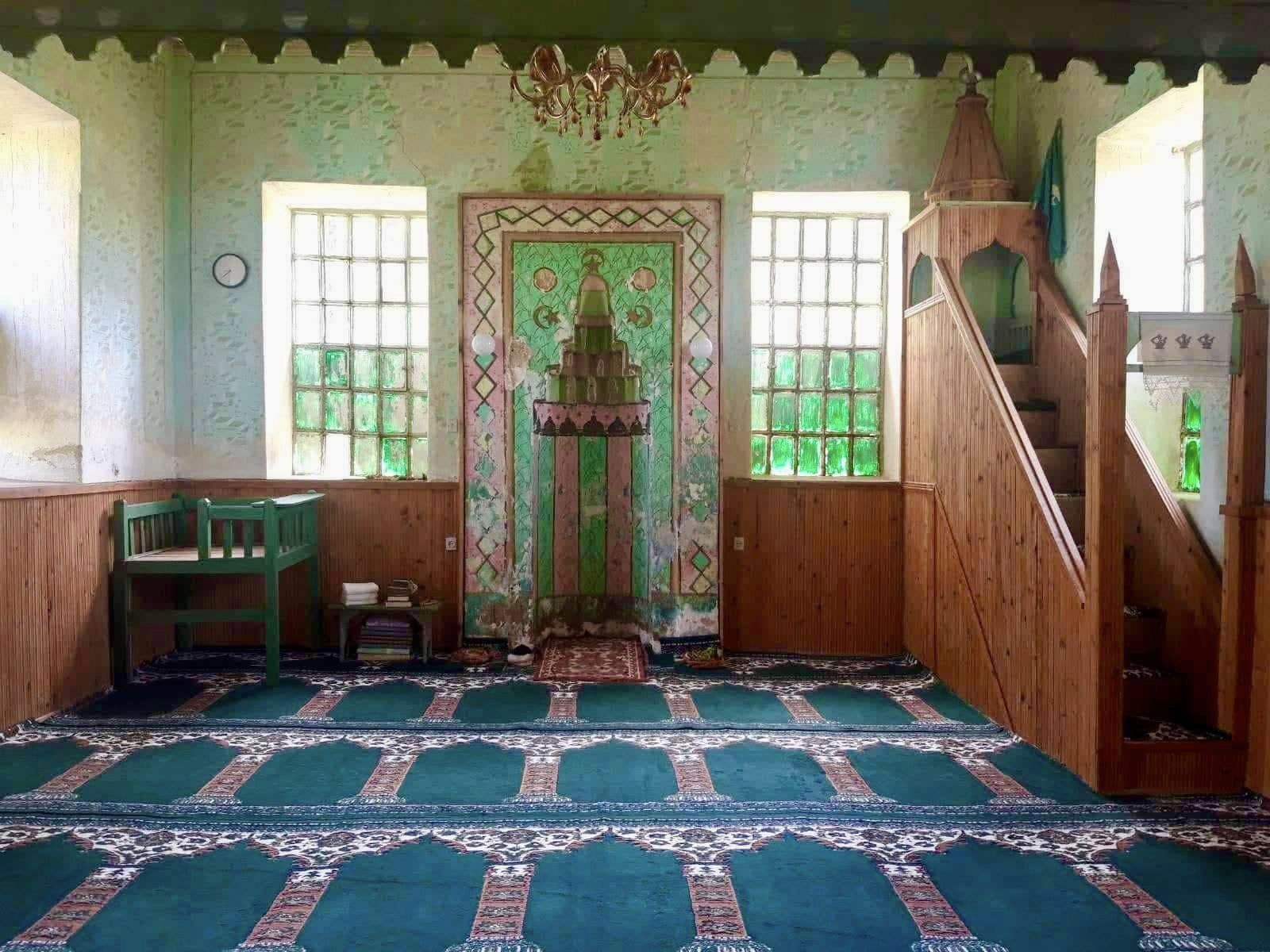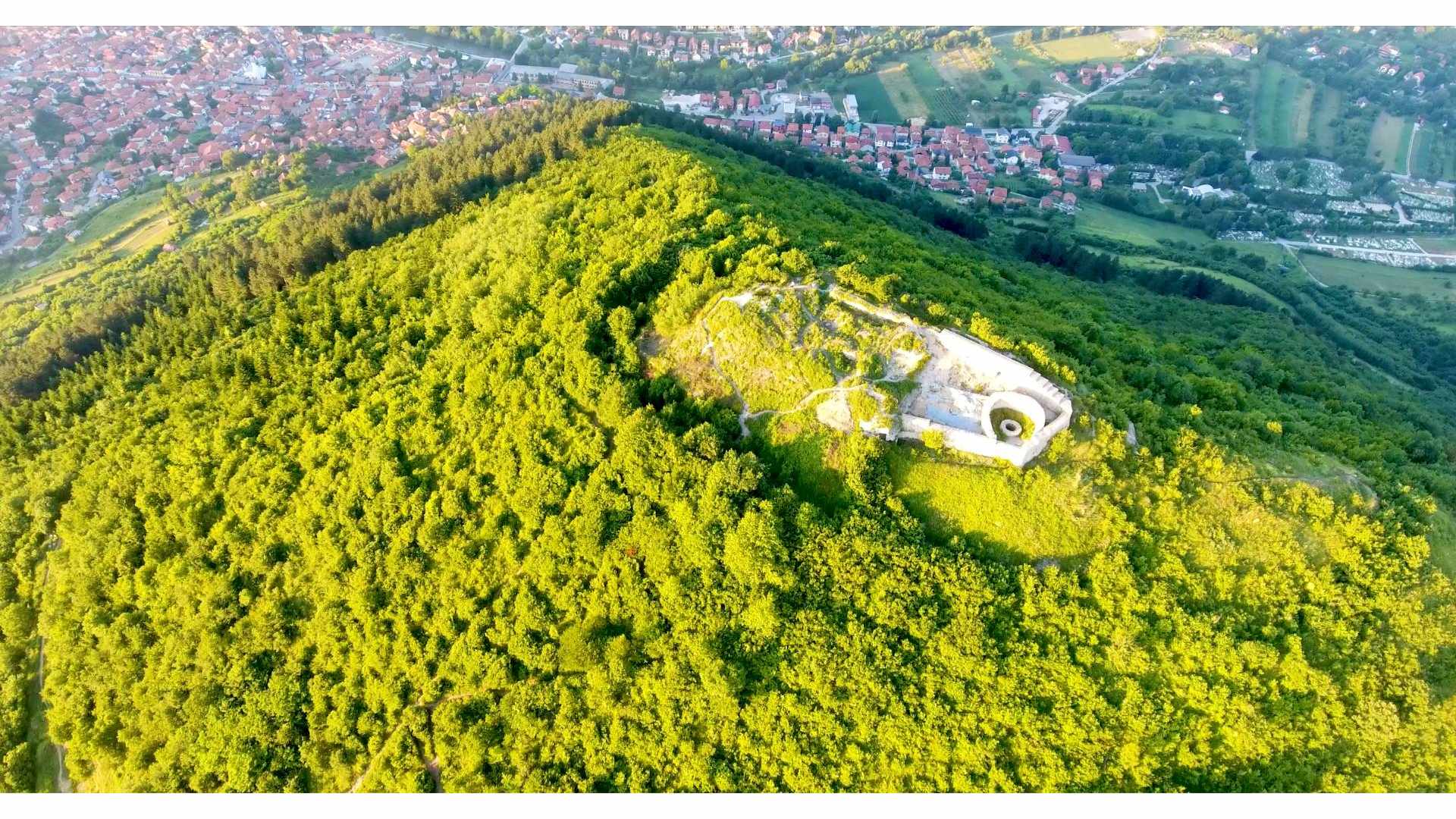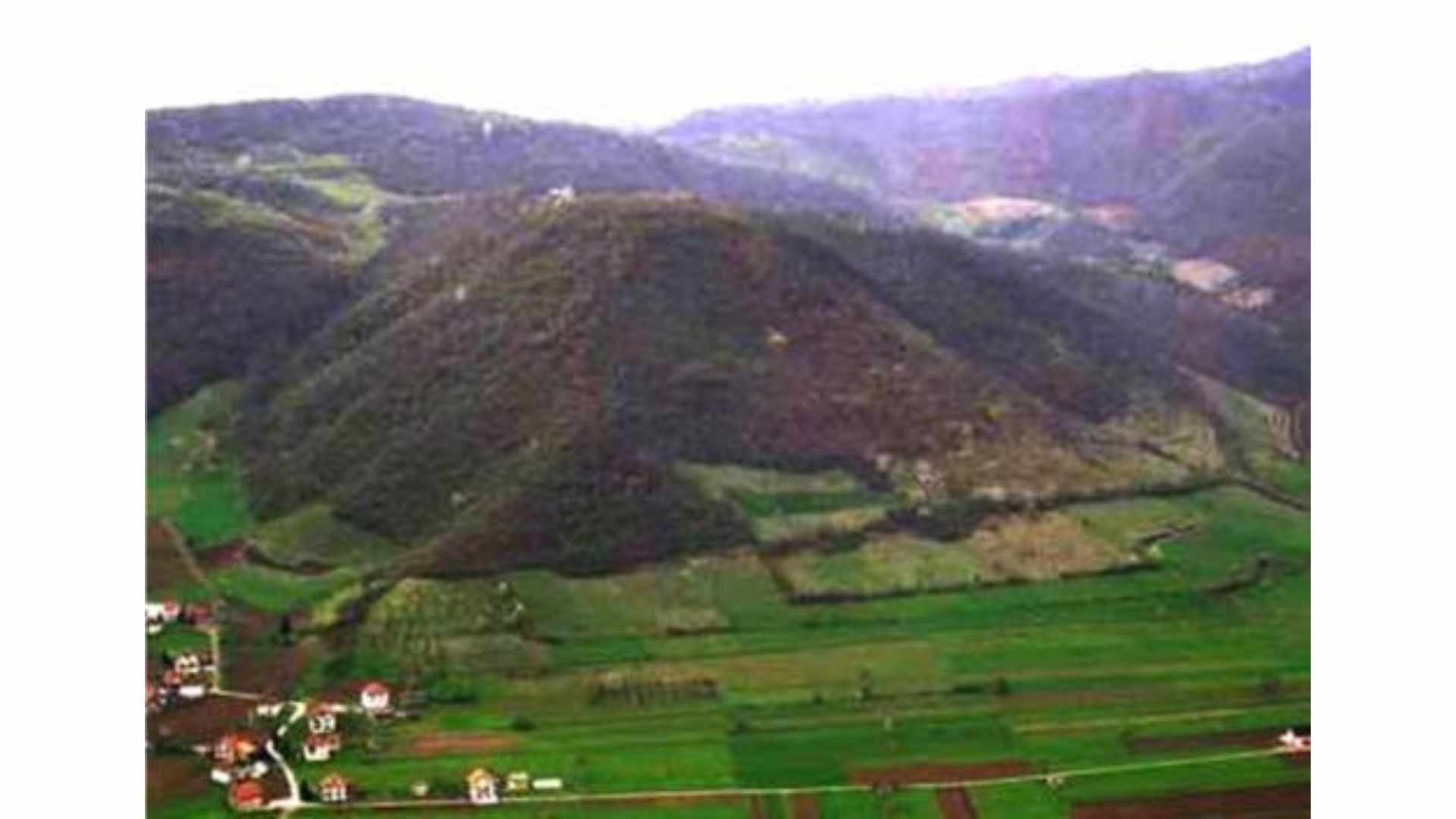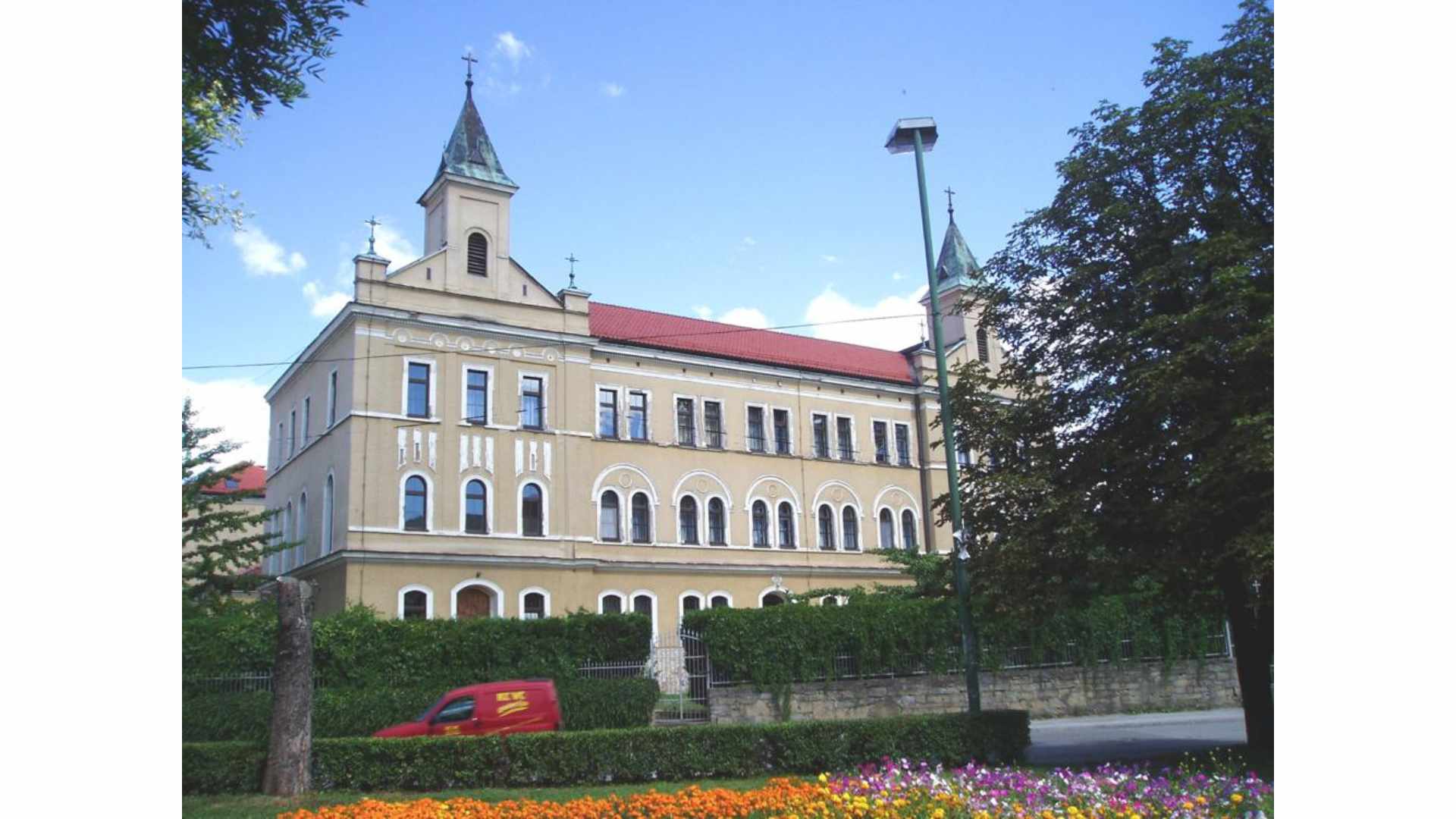The Old Mosque in Godusa is an impressive architectural masterpiece that holds great significance for Bosnia and Herzegovina’s history and culture. The mosque was commissioned by Mahmut-beg, a prominent Bosnian nobleman and governor of Bosnia during the mid-16th century. It is believed that the mosque was built in 1565/66 on an elevated site above the old town of Goduša, and was made from stone with a simple, austere design that reflects the religious values of the time. The mosque has undergone several renovations and restorations over the years, with the most recent restoration taking place in 2002. Throughout these restorations, great care has been taken to preserve the mosque’s original features and materials, maintaining its architectural and historical significance. The Old Mosque in Goduša is also an important cultural and religious site for the local community. It serves as a symbol of the region’s rich cultural heritage and is still used for daily prayers and special religious events. Additionally, the mosque’s surrounding harem contains small tombstones that are still active and a sand clock that accurately indicated the time. During the Ottoman period, the area around the mosque was used as part of the “Sarajevo Road,” a trade route for transporting goods. In the immediate vicinity, there was also a Turkish inn, which suggests that the mosque served as a place of prayer for both travelers and local residents during this time. Despite being located on the front line during the war in Bosnia and Herzegovina, the Old Mosque in Goduša sustained only minor damage. This enduring testament to the mosque’s strength and resilience serves as a reminder of the important role it has played in the history and culture of the region.
